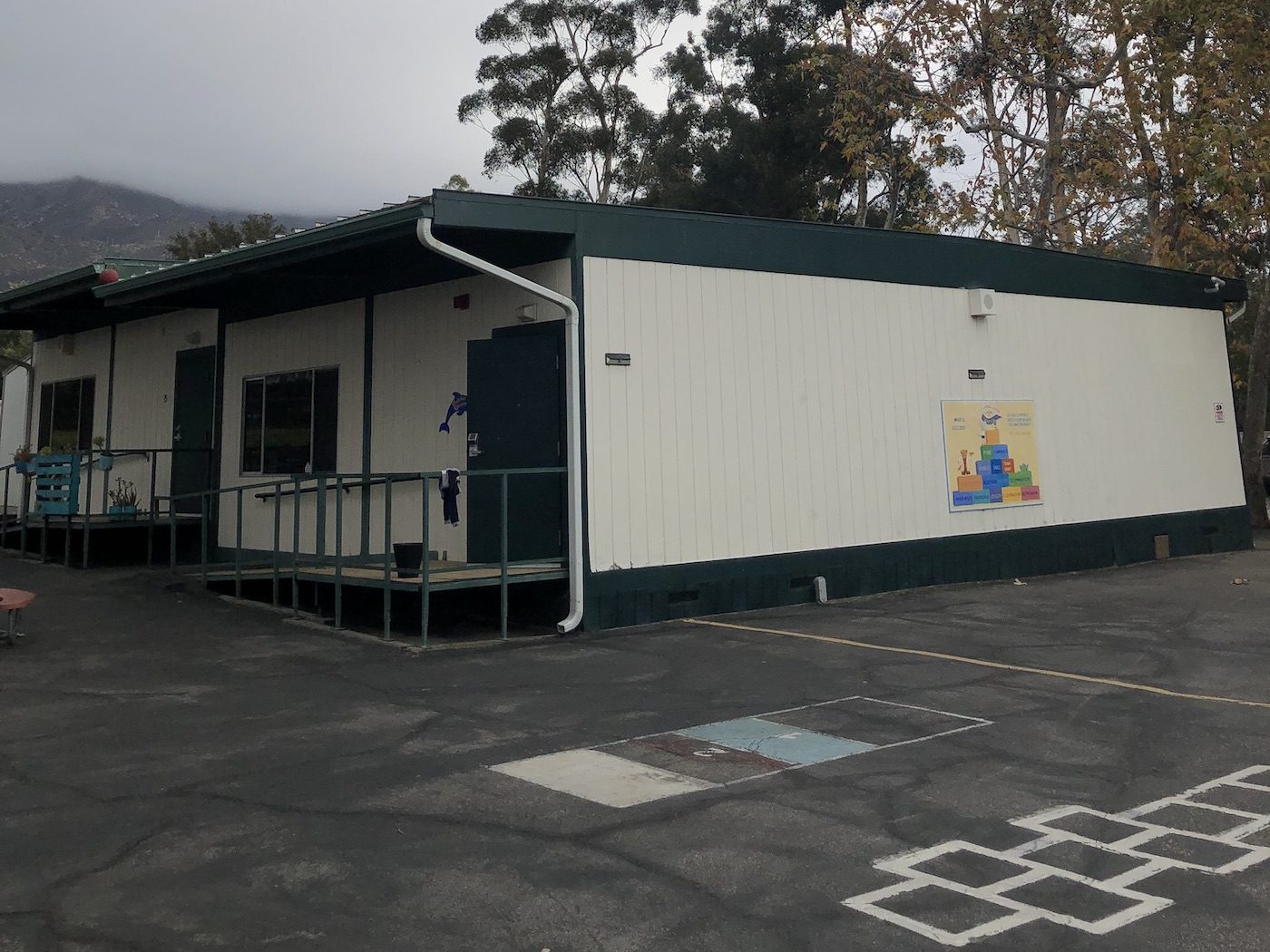Cold Spring School Bond Measure

This November, Cold Spring School District residents may see a bond measure on the ballot, the first of its kind in 12 years. The measure, which is expected to be close to $9.8 million, will be used to fund a new classroom building as well as pay for much needed infrastructure improvements to the existing buildings on campus.
We sat down with CSS Superintendent Amy Alzina and Chief Business Officer Yuri Calderon last week, who explained that a major focus of the school board over the last several years has been to replace the two remaining portable buildings, which are over 25 years old and well past their useful life. A third portable building, which housed art classes, was removed last year after it was in disrepair. Recent growth in the enrollment on campus has highlighted the issue of the dilapidated portables even more, as the two remaining portable classrooms, which house the afterschool program and special education, are beginning to rust and deteriorate rapidly. “They really are falling apart and they are on their last legs,” Dr. Alzina said.
In 2016 the board voted to move forward with a new building to house classrooms and administrative offices; this new plan builds on those ideas, with plans for a 6,000 sq. ft. building to house three classrooms as well as the front office staff, and offices for school specialists. The classrooms, which will be outfitted with the newest technology including collapsible walls and integrated outdoor learning space, will be used for STEAM and art classes, allowing for continued collaboration between classes and teachers.
The school was recently awarded a prestigious honor by the California Department of Education, marking it as one of 13 schools in the state to be awarded the Exemplary Arts in Education Award. “We’re most proud about how art, music, and STEAM come together to create project-based learning experiences that are connected to what students are learning in the classroom. But right now, our programming and facilities are mismatched,” said Dr. Alzina. The school is also considered the highest performing district in the State in English Language Arts and Math. The current enrollment is 169 students, which is higher than the last several years.

When the school was first built in 1889, the entrance to campus was along Sycamore Canyon Road, before it became a busy state highway. For safety purposes, a wall was erected at some point in the ‘70s or ‘80s, to protect the campus from the traffic; the entrance to the school was moved east to the parking lot on Cold Spring Road. However, the office and administration building remained in the center of campus, causing visitors to have to traverse the campus before checking in with campus officials. The new building will create a space for visitors to check in, which will improve campus security, and the parking lot will also be reconfigured as part of the project, allowing for better traffic circulation. The current office space will be used to expand the library, converting the library from a traditional book library to a media center.
The measure will be on the ballot in November, if the school board continues to move the project forward. The last measure to pass was Measure C ($2.4M) in 2008, which was approved after the failure of two previous ballot measures in November 2006 (Measure K for $14M) and February 2008 (Measure R for $8.75M). Measure C funds went to renovate the seven older classrooms and two student restrooms in the main school building, as well as improvements to the play areas with a new play structure, blacktop, and new landscaping on the corner of Cold Spring Road and Sycamore Canyon. About half of the current proposed funding will go towards updating the utility infrastructure on the 100-year-old buildings on campus, including improving the water and sewer system, replacing roofs, and achieving ADA accessibility.
A recent survey of District residents showed 69% support of a bond measure, which is expected to cost $18 per $100K of assessed value. “It would cost a homeowner with a $2 million home, $360 per year,” said Calderon. “Our hope is that the community sees that we’ve been really responsible with their funds, and will continue to be.”
It’s expected that the earliest construction would commence is 2022-2023. The next step is the board’s approval of the bond, which is expected in the coming months.






